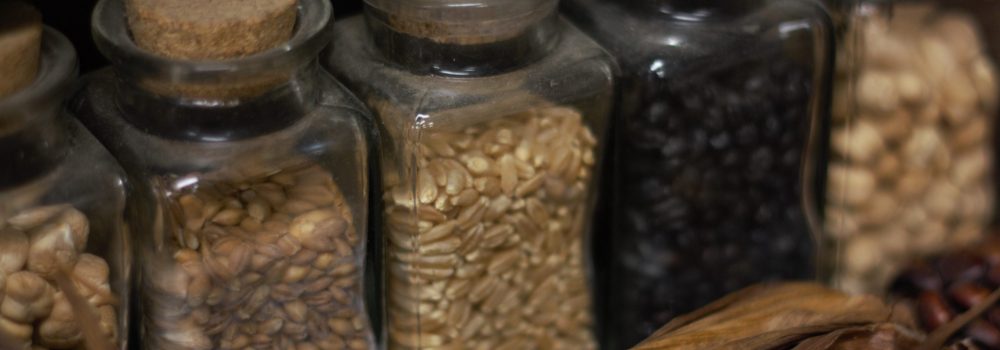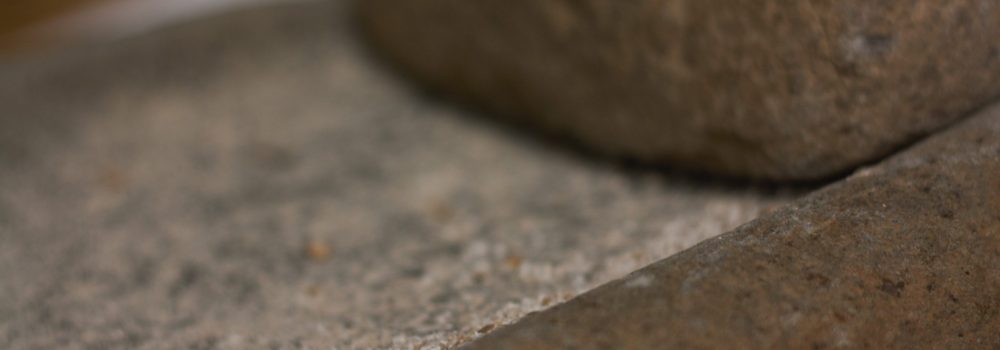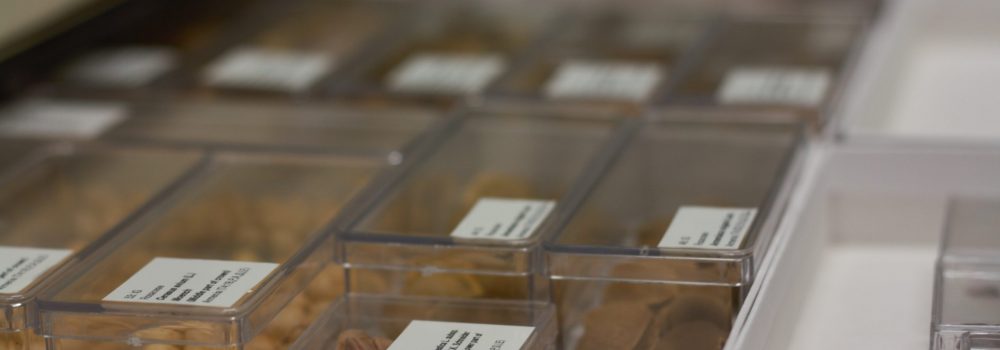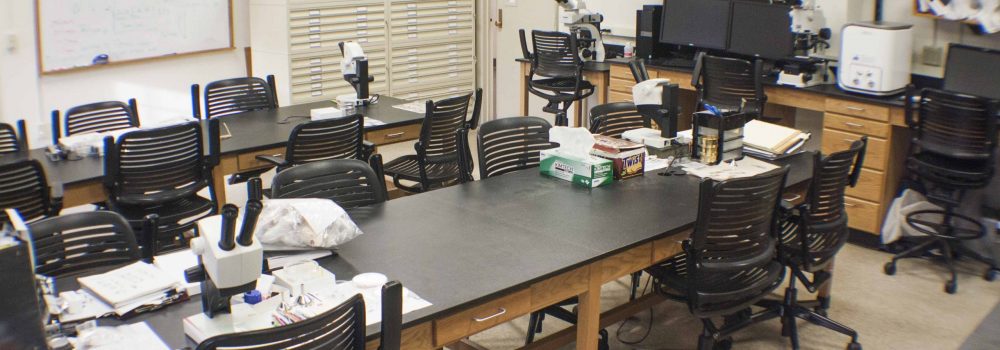Welcome
Alexia Smith studies the dynamic relationship between food production, fuel use, early social complexity, and environmental and climatic change. Her work has spanned the Neolithic Period to the present. She oversees work within the Archaeobotany Laboratory at the University of Connecticut, which houses a large botanical reference collection focused on Southwest Asian plants, a large Armenian wood collection, and a range of imaging and image analysis tools linked to a variety of microscopes ranging from basic student stereoscopes to a scanning electron microscope. The lab has served as home to a range of undergraduate, graduate, and post-doctoral research projects and has welcomed multiple international collaborators.
Alexia’s archaeobotanical work spans Syria (Tell Qarqur, Tell Zeidan, and Tell Leilan), Turkey (Çadır Höyük and Kenan Tepe), Kurdish areas of Iraq (Kurd Qaburstan), and Armenia (Birds’ Cave/Areni-1) and adopts an integrative, multi-disciplinary approach to exploring long-term innovations and resiliency in food production and fuel selection choices, and adaptation to climate change. More recently, she has begun exploring the social implications of fuel selection and fuel use across Southwest Asia; the utility of integrating archaeobotany and geo-archaeological techniques such as dung spherulite analyses to better explore archival materials and fuel choices; and the archaeology of food, focusing specifically on early bread and wine production.




